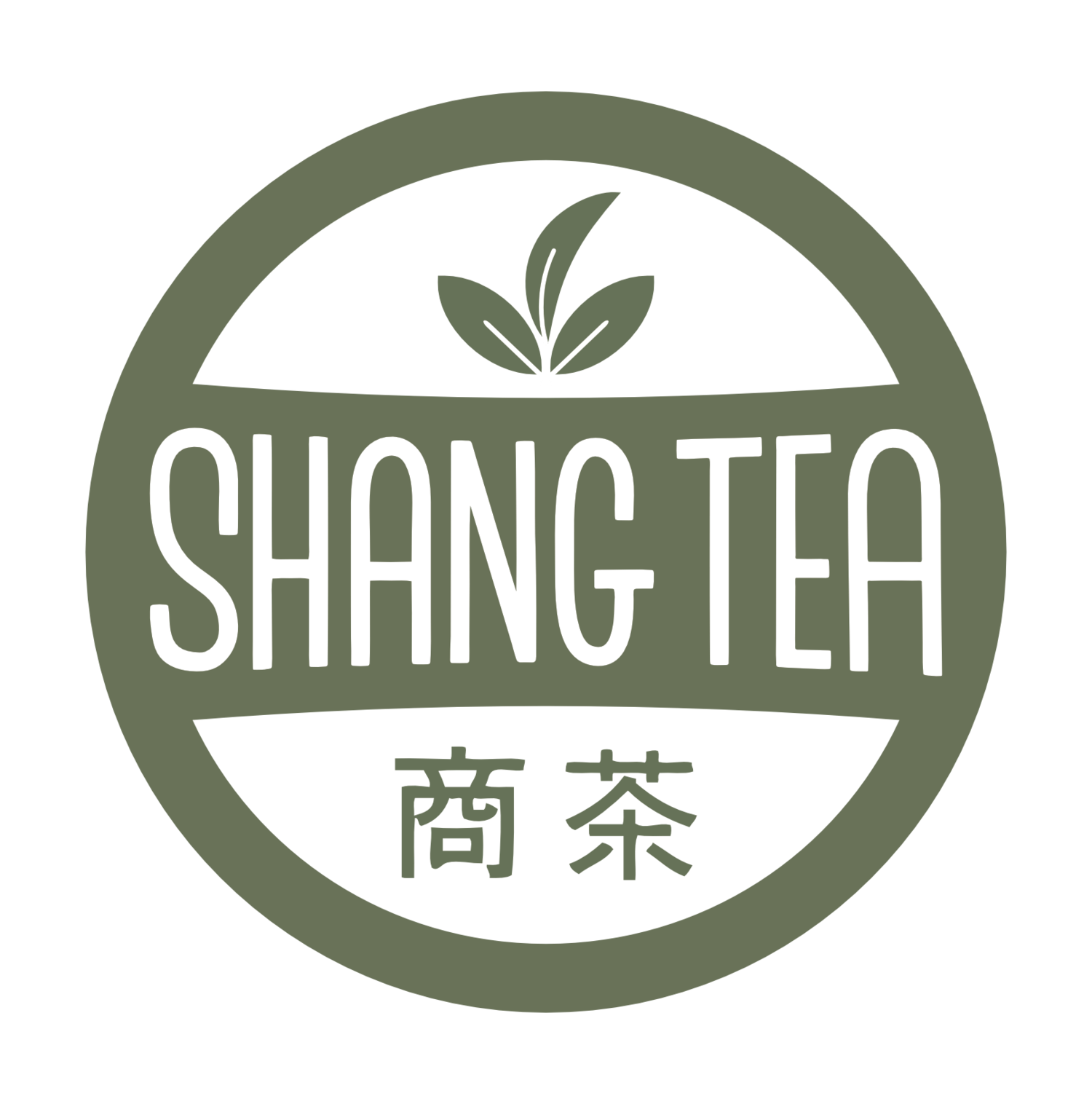Behind the Tea: Bai Lin Kung Fu Red Tea
Tea production techniques have been advancing for thousands of years as true tea masters continue to develop new production methods and refine age old practices. One of the more recent discoveries and production methods is that of black tea, and the slightly less oxidized red tea (hong cha) as it is called in China. This short article will briefly discuss how Red Tea was developed and in particular the development of early forms of red tea into higher grades such as Bai Lin Gong Fu (Kung Fu).
One of the first teas that traders from England were able to export from China in the late 17th century was called Bohea, a translation for the name Wuyi (one of the prime tea growing regions in China). Bohea at this time was actually a type of roasted oolong or wu-long tea, meaning that it was partially oxidized but not completely oxidized like the black teas that the western world drinks today. Even though Bohea was technically a wu-long at this time, it came to be known in England as black tea because the roasted leaves appeared black and because the translation for wu-long is “black dragon” or “black snake”.
Over the next few decades, tea producers learned that a fuller oxidization of the leaves, rather than a partial oxidization, meant that they could use less labor and that they could also use leaves from different times of the growing season since the flavor was not as dependent on when a leaf was picked. This change vastly increased production and lowered costs for the farmers.
As citizens of England became more intrigued with black tea, the British Empire sought a more controllable source of tea, so they began to develop tea farms in India, which unlike China, was a part of the British Empire at that time.
As the tea farms in India grew into commercially successful ventures, tea farmers in China realized they would have to do more to differentiate their product and also make it more suitable for domestic consumption rather than international consumption. Some farmers switched back to green tea and wu-long tea production, while others started to produce higher quality grades of black tea. This switch in production methods led to the creation of Bai Lin Gong Fu (Kung Fu) tea near the end of the 19th century.
Bai Lin Gong Fu tea comes strictly from the Fujian Province of China and almost entirely from the Tai Mu Mountain (the White Tea Mountain). Compared to the heavier black teas from India, the gong fu (or kung fu) teas tend to have more floral, malty undertones with much less bitterness and were crafted to be enjoyed without any additions such as sugar or milk/cream.
Bai Lin Gong Fu follows a strict production method. First the freshly picked tea leaves are withered for a few hours in the shade. Next they are rolled and then piled together in cloth lined bamboo baskets. These baskets are placed in an enclosed room with a pot of boiling spring water in the middle of the room to produce high levels of humidity. This humidity causes the rolled leaves to oxidize, turning them from a greenish color to a dark red hue. The tea leaves are periodically checked during this time in order to prevent over-oxidation, and also carefully rotated as necessary. Once the leaves have reached the desired level of oxidation, they go through a finishing process to remove moisture and to stop the leaves from further oxidizing.
Our Bai Lin Kung Fu (Gong Fu) is a direct product of the original Bai Lin tea master, who developed the production method described above. This tea master has had 7 successors who have continued to perfect and refine the production techniques for true Bai Lin Gong Fu tea. The latest successor trained Shang and Shang’s nephew. Our production method goes above and beyond the steps that we listed above. First, we use a fir wood charcoal stove to heat the boiling water rather than an electric or coal fired stove. The charcoal aroma imparts nice, clean flavors on the tea and makes the final product quite a bit smoother and cleaner. Next, we produce this tea in small batches in order to pay closer attention to the aroma and look of the leaves as they are oxidizing. Finally, we finish our tea over a charcoal burner rather than using an electric or coal fired oven.
So if you like richer, more malty teas that are still smooth with slight honey undertones and almost no bitterness, give our Bai Lin Kung Fu tea a try!
